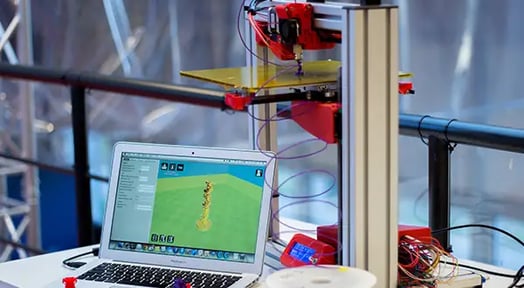In 2011, 3D printing was touted as one of the biggest innovations since the factory. While that hasn’t quite panned out 8 years later, Fast Company points out that the impacts are “finally materializing.”

Over the last decade, museums have become one of the most exciting sandboxes for 3D printing thanks to the fragilé nature of historical institutions like museums.
Touch away, kids
Usually, collection objects make it clear that they hate hands with stuffy glass displays that scream, “This is worth more than your life.” But that’s all changing.
One of the highest-profile digi-fab projects is the replica of Tutankhamun’s tomb in the Valley of the Kings in Egypt, made by the company Factum Arte. The “facsimile,” as the company calls it, allows tourists to go inside the king’s tiny home without depreciating the OG.
Meanwhile, the Metropolitan Museum of Art in New York has been encouraging visitors to photograph objects in the museum so they can create their own digital models later.
Coming to an office nook near you
Museums have produced replicas for many moons using traditional methods — but they never quite seem to satisfy history and art buffs in search of the truth.
Digitally fabricated replicas can be spot on in re-creating the shape and touch of originals. But the bigger advantage of digital replicas is exactly that… they’re digital.
Soon, people interested in cultural heritage can print these digital facsimiles at home on their desktop 3D printers or at nearby Fablabs (are you listening, FedEx-Kinkos??).
Sorry artifact thieves… yours is just another occupation lost to automation.

